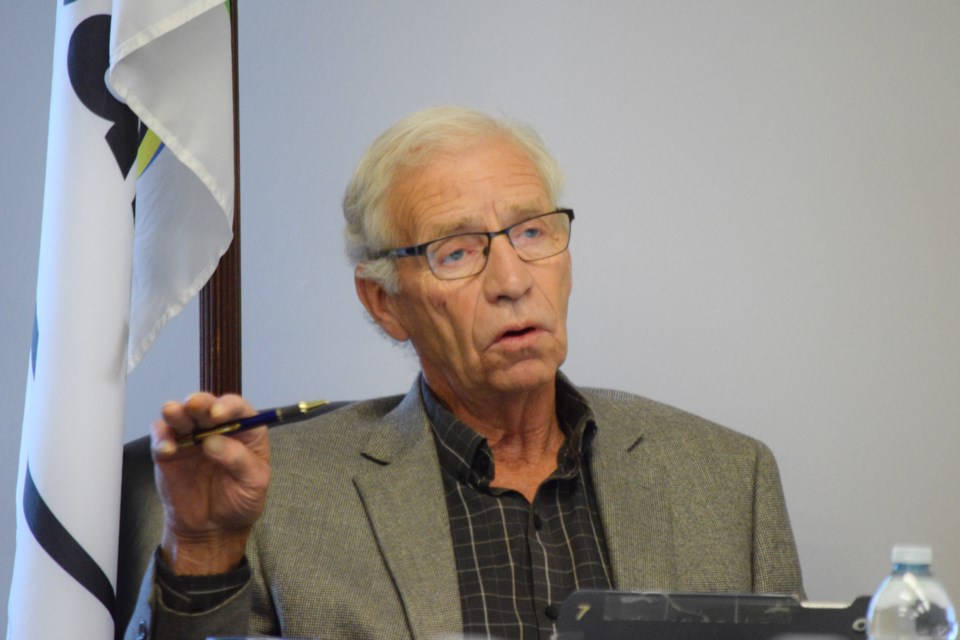BARRHEAD-It is official, the County of Barrhead has declared a state of agricultural disaster.
Councillors unanimously voted to approve the Agricultural Service Board's (ASB) recommendation during their Sept. 1 meeting. Council first discussed the possibility during their July 21 meeting. At the time, deputy reeve Dennis Nanninga, who sits on the ASB, said the declaration was more a matter of when the board would make the recommendation than if.
In the Town and Country This Week's coverage area, both Athabasca County and Westlock County have declared states of agricultural disaster. It is also the fourth time in recent years that the county has made such a declaration. The County of Barrhead declared a state of agricultural disaster in 2016, 2017 and 2019, each time due to flooding.
Agricultural fieldman Kyle Meunier stated one of the reasons why the ASB delayed making a decision, was that even though the region experienced higher than average rainfall, it was very "patchy".
"Some areas were drowned out while some did not receive much at all," he said, adding it was the fifth year in a row in which precipitation was above average.
A declaration of agricultural disaster does not necessarily qualify farmers for funding.
"It is just another way to bring awareness of farmer's plight to the province in hopes the government might offer assistance or create a program," Meunier said.
County manager Debbie Oyarzun said despite not having any concrete financial implications declaring a state of agricultural disaster isn't a straight forward process.
"It is quite regimented. [Alberta Agriculture and Forestry] expects a certain amount of diligence," she said. "There is a science to this, with a lot of quantifiable measures that have to be taken. It is not just look out the back window and see what is happening."
Coun. Darrell Troock asked how the municipality or the ASB gathered the information.
"Is it based on each farm's percentages? Total acres planted?" he asked.
Oyarzun and Meunier said the data is collected by a municipality's fieldman and it is based on total acres in a particular region.
Information collected includes how many acres were seeded or harvested as well as the quality or condition of the crop.
"It is what we and the local offices are seeing," Meunier said, adding they also include data from local ASBs as well as individual farmers.
In the information package, the report the county will be submitting to the province states that 30 per cent of cereal crops and 35 per cent of oilseed crops suffer from excessive moisture. The report states that only 10 per cent of farmer's hectares have crops near or above normal and 10 to 25 per cent of planted hectares expect diminished crop yields, while 25 to 50 per cent of hectares are a pending disaster. At least half of planted hectares yields are defined as a "definite disaster.
The report goes on to say that 10 per cent of farmable land was left unseeded due to standing water, with another 15 per cent drowned after seeding. Seeding was also delayed by three weeks to the end of May because many fields were inaccessible due to moisture from multiple storms, each dumping over three inches of rain.
Meunier noted the areas impacted were scattered throughout the municipality, but the arable land in the southwest and far north were the hardest hit. These lands primary grow wheat and canola, but also includes peas and beans.
Troock asked if declaring a state of agriculture emergency would be beneficial for farmers when accessing crop insurance.
Nanninga said it could.
"This year's results would be compared to their previous years," he said. "But you have to understand if your yield goes down that impacts your long-term average ... and it has been steadily going down."



